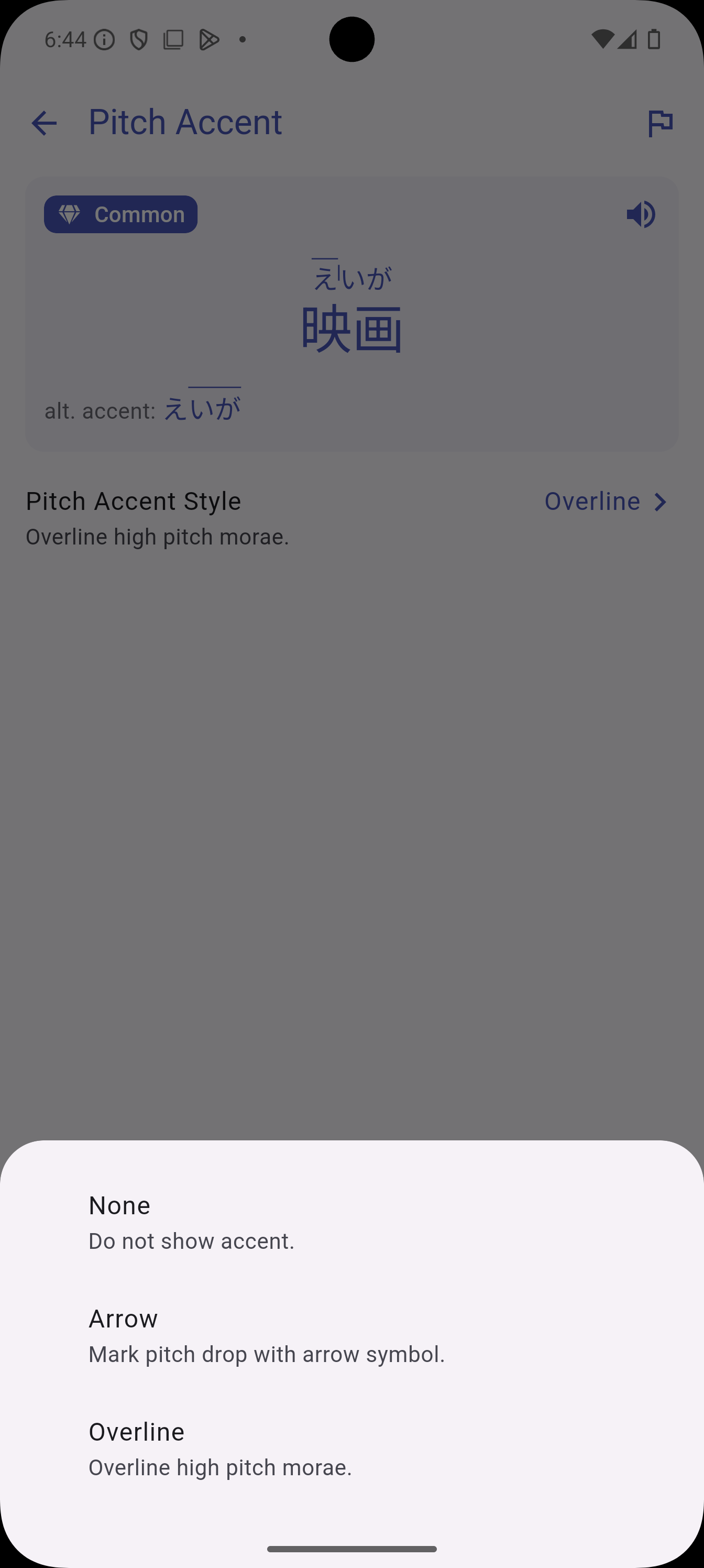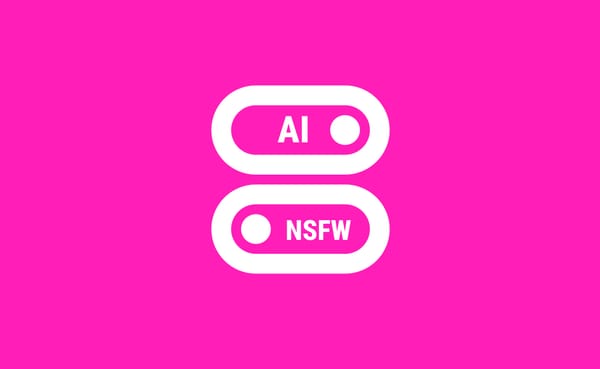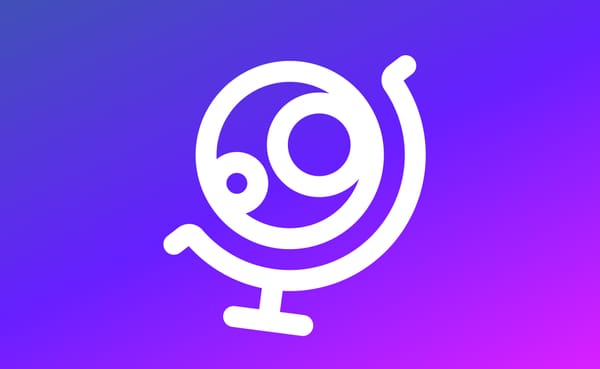Pitch Accent
Learn about Japanese pitch accents and how to display them in the app!

We are thrilled to announce the latest feature that has joined the Kanjiverse family: Pitch Accent! This new addition is designed to transform the way you learn and pronounce Japanese by integrating the subtleties of pitch accent directly into our learning platform.
What is Pitch Accent?
Pitch accent in Japanese refers to the variations in pitch (high or low) across the syllables of a word. Unlike in English where stress accent (emphasis on one syllable over others) is common, Japanese uses pitch variations to differentiate meanings between otherwise identical words. This aspect of pronunciation can affect the nuance and meaning of words, making it essential for clear and accurate communication in Japanese.
How Does Pitch Accent Work?
Each Japanese word has a specific pitch pattern, which can typically be described in terms of which syllable is high or low. Here’s a quick breakdown:
- High and Low Pitches: In Japanese, each mora (a unit of sound duration, roughly equivalent to a syllable) can either be pronounced with a high pitch or a low pitch. The transition between high and low pitches within a word can change the meaning of the word.
- Heiban, Atamadaka, Nakadaka, Odaka: These are the types of pitch accent patterns in Japanese.
- Heiban (Flat): The first mora is low, and the rest are high.
- Atamadaka (High-Low): The first mora is high followed immediately by low.
- Nakadaka (Mid-High-Low): One of the moras in the middle is high, and the pitch drops after that.
- Odaka (Low-High-Continue): Starts low, rises at a point, and the high pitch continues if there’s a particle attached.

Why is Pitch Accent Important?
Understanding and using pitch accent correctly is vital for a few reasons:
- Clarity: Correct pitch accent helps in distinguishing between words that have the same spelling but different meanings, like 'はし' (hashi) which can mean bridge (はし, low-high) or chopsticks (はし, high-low).
- Comprehension: Native speakers use pitch patterns to understand spoken Japanese quickly and naturally.
- Pronunciation: Mastering pitch accent improves your Japanese pronunciation, making your speech more natural and easier for native speakers to understand.
Tips for Learning Pitch Accent
- Listen and Imitate: Listen to native speakers and try to imitate their pitch patterns. Tools like language learning apps, songs, and dramas can be beneficial.
- Use Learning Materials: Some textbooks and resources specifically highlight pitch accents. Use these as a guide.
- Practice Regularly: Regular speaking practice with focus on pitch will help you internalize the patterns.
- Use Technological Aids: Apps that visualize pitch accent patterns can help you see and hear the difference in real time.
How Does Kanjiverse's Pitch Accent Feature Work?
Kanjiverse’s Pitch Accent feature comes with a variety of tools designed to help you master pronunciation nuances:
- Visual Accent Marks: Words come with visual indicators showing the pitch pattern, helping you see the rise and fall in intonation.
- Customizable Settings: Choose how you see pitch accent markings—whether as lines, dots, or color-coded indications—to best suit your learning style.

Get Started with Pitch Accent
To start using the Pitch Accent feature, simply update your Kanjiverse app. It’s available to all users and can be found integrated into our existing suite of learning tools. Dive into the settings to customize how pitch accents are displayed and begin your journey towards flawless Japanese pronunciation.




